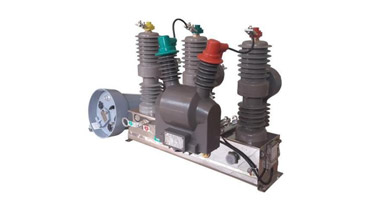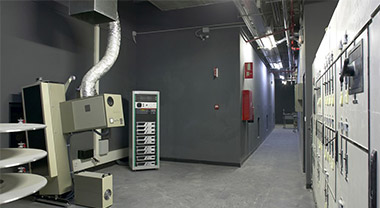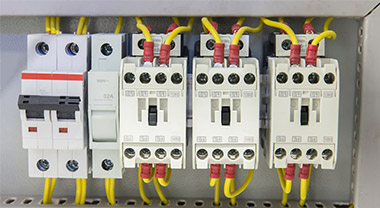Basic requirements and principles of circuit breaker selection
Basic requirements for circuit breaker selection:
1) The choice of circuit breaker should meet the load characteristics of the line. When selecting a circuit breaker, we must first accurately understand its performance, so as to set the parameter value of the electrical appliance. The specific standard must comply with the "Low-voltage Power Distribution Design Code";
2) The selection of a suitable circuit breaker should comprehensively consider factors such as AC, frequency, DC, and voltage value, and should be based on the rated voltage and rated frequency of the circuit;
3) Determine the load current value and use this to determine the setting current of the low-voltage circuit breaker;
4) The selection of a suitable circuit breaker should consider the surrounding environmental factors, such as the ambient temperature and humidity of the surrounding environment, and the altitude of the terrain, in addition to comprehensive consideration of the environmental pollution level and impact and vibration factors;
5) Determine the on-off capability, dynamic and thermal stability of the circuit breaker according to the accurate parameter values of the circuit short circuit; 6) Determine the matching of the upper and lower circuit breakers according to the selective protection requirements of the system.
Basic principles of circuit breaker selection:
1) The selection of the circuit breaker should meet the basic requirements of the load nature of the circuit breaker and the fault category;
2) The rated voltage and frequency of the circuit breaker should be compatible with the nominal voltage and nominal frequency of the circuit where it is located. In addition, during normal operation, it is necessary to ensure that the rated current value of the low-voltage circuit breaker is greater than the calculated current value of the load in the circuit where it is located;
3) When choosing a suitable low-voltage circuit breaker, the surrounding environmental conditions must be fully considered;
4) In the case of a short circuit, the low-voltage circuit breaker must be able to meet the basic requirements of dynamic stability and thermal stability. To ensure the normal operation of the low-voltage power distribution system, we must first be able to satisfy the selective action between the upper and lower levels of the circuit breaker.
5) In actual work, the higher-level circuit breakers will choose to use selective circuit breakers, while the lower-level circuit breakers will choose to use non-selective circuit breakers. Such selection can use delay action to obtain choices. Sex.




